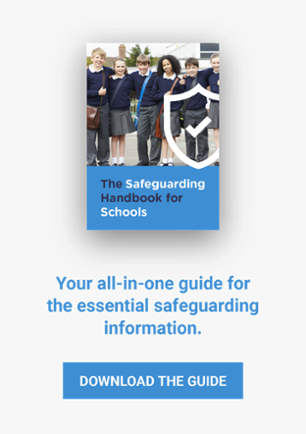What Are the Responsibilities of a Safeguarding Children Governor?
Safeguarding governors are the officials who ensure an effective understanding of safeguarding and how it’s implemented within a school setting. They understand both the requirements and the government legislation. Furthermore, the Competency Framework for Governance (DfE 2017), states that they should be ‘confident in their challenge to executive leaders on strategies for monitoring and improving the behaviour and safety of pupils.’
So what exactly are the responsibilities of the safeguarding children governor?
Key Responsibilities Of the Safeguarding Governor
Safeguarding agendas are wide-ranging and will vary with every institution, as each will have their own specific requirements. These could be ensuring anti-bullying measures are in place to make sure any cases of abuse or neglect are treated in the same manner.
Safeguarding governors can aid in the safeguarding process through enacting a number of responsibilities:
- Maintain an up-to-date knowledge of national guidance concerning safeguarding. For example, this could include knowledge of Working Together to Safeguard Children (2018), Safeguarding Children and Safer Recruitment in Education and Every child matters (2003).
- Review and update policies and procedures.
- Ensure all school policies consider any and all potential safeguarding issues. For example, how is safeguarding policy implemented with school trips, events and staff recruitment?
- Report back to any governing body on the state of safeguarding within a school or education provider.
To remain fully effective in the role of safeguarding governor, they need to work directly with the designated safeguarding lead (DSL). The DSL will do a large amount of the safeguarding work themselves, being the main point-of-contact within a school or education provider.
However, regular meetings should be held between the DSL and the safeguarding governor in an effort to share important information, organise staff training and remain up-to-date with current government legislation.
Why Are Safeguarding Governors Needed?
Safeguarding governors are integral liaisons between a school and a governing body. They’re crucial for a number of reasons, including being responsible for:
- Ensuring a school has an effective safeguarding policy in place.
- Ensuring safer recruitment practices are put in place.
- The creation and foreseeing over of abuse allegation procedures.
- Maintaining a good working relationship between the school they represent, local government bodies and any external organisations, such as charities or child welfare institutions.
- Promoting safeguarding children training for all school staff and making sure this training is of a high calibre and up-to-date.
- Ensuring all school policies are focused on the children, considers all possible safeguarding issues and are reviewed on a regular basis.
Safeguarding governors are key parts of any effective safeguarding process for schools or other education providers. It's imperative that an effective safeguarding strategy is in place and is reinforced by key members of staff, such as the headteacher, safeguarding governor and DSL. For more information on safeguarding policies and best practices, see the information on our guide.
Download the Safeguarding Handbook
Our Safeguarding Handbook covers the latest information on safeguarding-related topics such as how to safeguard children, legalities and responsibilities, how to conduct disclosures and many other important pieces of information.
Click the link below to download your free guide.



